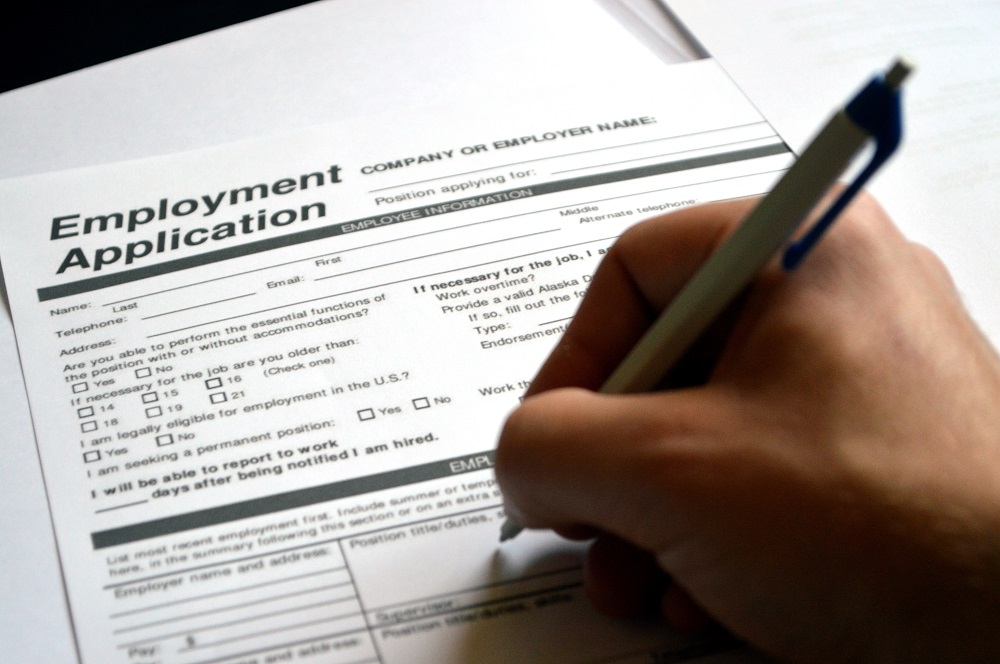The Social Security Ticket to Work program is a great help if you need assistance with transportation while returning to work. Of course, transportation isn’t the only hurdle that people often face. There are many challenges that SSI or SSDI beneficiaries may experience when they’re transitioning back into the workforce. Returning to work after a brain injury presents many possible issues, but that doesn’t mean that they can’t be overcome. With resources and assistance, returning to work after experiencing a brain injury is absolutely possible.
Previous Job
In some cases, you may be able to go back to a previous job or position. As a general rule, it’s always best to return to a role that you know very well. Socially speaking, it’s also quite helpful to have colleagues you already know. It tends to be much more comfortable, and it’s easier to adapt to something familiar. After experiencing a brain injury, it could be more challenging to perform some specific tasks. While you don’t have to disclose or give any details of your brain injury to your employer, it may be useful to do so. This is especially true if you require certain accommodations or adjustments to be made. Your needs might have changed, and it’s worth considering what might be necessary to aid you in achieving work success.
Under the Americans with Disabilities Act of 1990, employers have a legal duty to make reasonable accommodations for a disabled employee. Having this discussion with your employer could be very beneficial, especially when you are still learning how to perform your old work in a new way. The correct adaptations or adjustments aren’t always immediately obvious, so this could be a trial-and-error process. Identifying your specific needs is paramount and will likely be an ongoing process.
New Job
If you aren’t able to return to a previous role, it’ll be necessary to find a new job instead. This means job hunting, which is something that may be challenging or aggravating even at the best of times. Preparing for the job hunt is crucial, which is why it’s a good idea to consult your local job center or a workforce office near you. Your local workforce commission or workforce development office has coaching and other assistance available. This is a good way to prepare for interviews, update or review your resume, and begin your job search in a more focused and effective way.
Vocational rehabilitation (VR) is also possible. If your brain injury means you aren’t able to return to the same sort of work, you may need job training or education to help you transition to a new role. You might be able to find job training programs or other support, such as certification programs. Don’t hesitate to leverage available resources. The whole reason these agencies and programs exist is to be of benefit to you and other people in similar situations.
Ticket to Work Program
The Ticket to Work Program is an employment program created to aid people with disabilities. The program is the result of the Ticket to Work and Work Incentives Improvement Act of 1999. The goal of the program is to increase opportunities for people receiving Social Security Disability (SSDI) or Supplemental Security Income (SSI) benefits. This includes aid with finding employment, vocational rehabilitation, and other support services from both public and private providers as well as employers and other organizations. You can find services, jobs, or referrals from local organizations known as Employment Networks (ENs).
To learn more about the Ticket to Work program, contact DisABLEd Workers at 1-877-291-9806.

